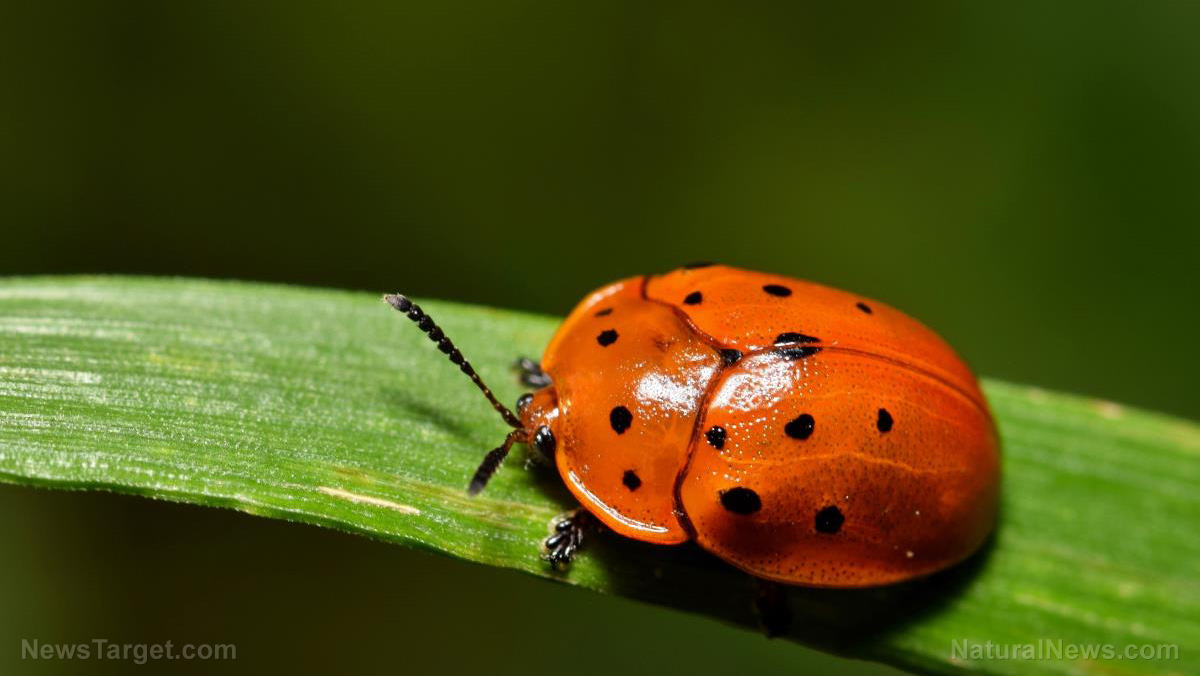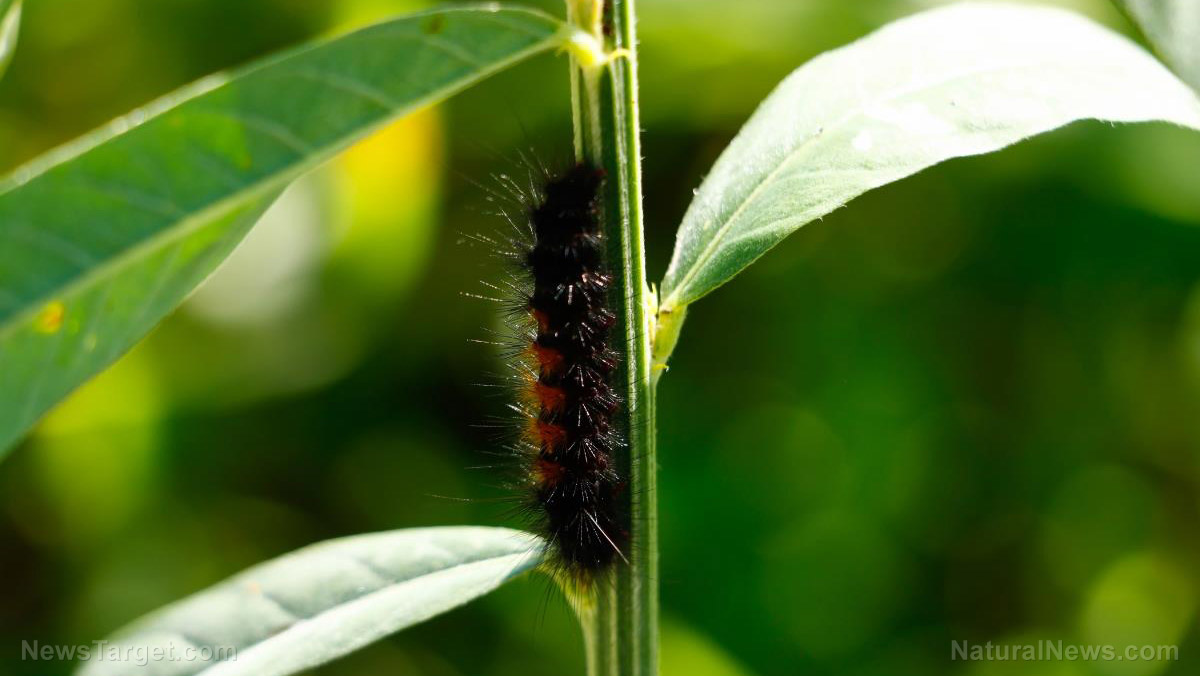Spider web in Missouri forest big enough to “catch” people
10/13/2020 / By Virgilio Marin

An official with the Missouri Department of Conservation (MDC) found a gigantic spider web along a hiking trail in Springfield. It was likely spun in the early hours of the day by a spotted orb weaver, a barn spider commonly seen in the late summer and the fall.
The spider web spanned two trees and had an intricate centerpiece that resembled an oversized lace. MDC media specialist Francis Skalicky stumbled upon it and took a picture, which was posted on the MDC Facebook page.
Several people marveled at the creation, with Linda Coello writing, “It’s a [beautiful] intricate wonder of Nature! Wonder how spiders can make their webs so perfect, their amazing spiders!”
Some people, however, were more freaked out. According to Jennifer Duffy Russell, “Those are the kind that literally ‘catch’ people if they walk through them at night lol.” Dianne Shipp thought it was “gorgeous… until you run into it.”
Fascinating facts about orb weavers
Spotted orb weavers are common in Missouri and come in various species, according to the MDC. Though relatively large and hairy, they’re considered harmless to humans and prefer to feast on insects, such as crane flies and moths. Eggs hatch in the spring and the young disperse once they’ve come of age. However, male spiders cannot spin webs, so they look around for a mate.
Most orb weavers are nocturnal and have a habit of eating their webs at dawn. This allows them to recycle nutrients and prevent daytime predators from finding them. For instance, mud dauber wasps often sting and paralyze younger spiders and stash them in their mud nests to feed their babies.
By dusk, the spiders start weaving again to prepare their snares. However, when fall comes, they become too big to be preyed on by wasps, so they hang out more often during the day and minimize tearing down their own webs. Birds are also a threat, though many of them have already migrated south or have no babies to feed by this time.
Orb weavers are found in bushy fields, tall grassy areas, fenceposts, buildings or wherever structures are present for support and insects are commonly found. Their webs, which can be over two feet wide, are good at trapping all sorts of aerial or jumping prey. Once in their fold, the prey is trussed to be eaten later. (Related: The Lovecraftian giant sea spider grows holes in its legs… to help it breathe?.)
Why you shouldn’t fear house spiders
Spiders are considered mainstays in almost every home. Although they’re everywhere, many people are afraid of them, so much so that man has to give the fear of spiders a name: arachnophobia.
These eight-legged arachnids are often stomped on or smacked with whatever flat object is around. But Matt Bertone, an entomologist at North Carolina State University, said that spiders found at home are beneficial and, as orb weavers before, harmless.
Bertone and his colleagues visited 50 homes in North Carolina to determine what species are the most common. They encountered cobweb and cellar spiders the most. These generalist predators eat anything they can catch in their silky traps, including pests and disease-carrying insects.
They also eat their own kind, according to Bertone. They visit other spiders in their turf and pretend to be prey. But they scuttle away at the presence of humans as the latter pose more of a danger to them than the other way around. In the off-chance that one gets bitten, the bite will not cause any problem – their fangs are not likely to pierce the skin while their venom is too weak.
Bertone said that instead of taking out spiders, one could leave them alone or try to capture and release them back into the wild. Killing spiders is equivalent to taking out an important predator at home, he said.
Read more weird and fascinating facts about spiders at Ecology.news.
Sources include:
Tagged Under: animals, cool science, Ecology, environment, insects, Missouri, orb weavers, predator, spider web, spiders, weird science
RECENT NEWS & ARTICLES
COPYRIGHT © 2017 ENVIRON NEWS



















